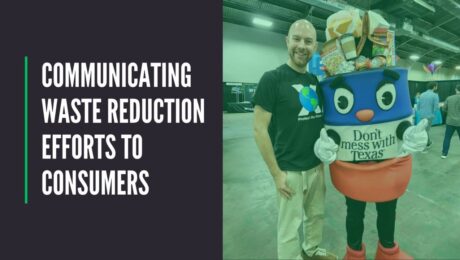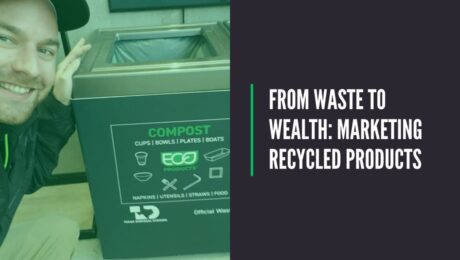Becoming a Zero Waste Block Leader: How Austin Residents Are Driving Change Locally
I attended the Zero Waste Block Leader Program orientation hosted by Austin Resource Recovery (ARR), and I left feeling both inspired and reconnected to one of my professional passions: waste and resource management.
As Austin continues working toward its ambitious goal of 90% waste diversion by 2040, this program equips residents to play an active role in that mission. The Zero Waste Block Leader Program (ZWBL) trains volunteers to educate their neighbors about recycling, composting, and waste reduction, while also serving as on-the-ground advocates for sustainability. It’s one of those rare opportunities where everyday citizens become part of the city’s environmental strategy – one conversation, one household, and one block at a time.
From Waste Management to Resource Recovery
During my time at Texas Disposal Systems (TDS) (one of Austin Metro’s largest private waste haulers), I developed a strong appreciation for the complex systems that make waste and sustainability work together. Seeing firsthand how recycling streams, compost operations, and landfill logistics function behind the scenes gave me a tangible understanding of what it takes to manage waste at scale.
But what’s always fascinated me most is the communication side of it: how do we take something as unglamorous as trash and turn it into a story that inspires change? That’s exactly where programs like ARR’s Block Leader initiative come in.
(more…)- Published in General, Professional, Texas
Communicating Waste Reduction Efforts to Consumers
As more people become aware of the environmental challenges we face, sustainability is moving to the forefront of consumers’ minds. Brands are recognizing this shift and are increasingly adopting zero-waste initiatives to minimize their environmental impact. However, simply implementing these practices isn’t enough—success depends on how well these efforts are communicated and how effectively consumers are engaged. In this post, we’ll explore strategies for brands to not only showcase their commitment to waste reduction but also inspire consumers to actively participate in zero-waste initiatives.
Making Zero-Waste Understandable:
One of the biggest challenges in promoting zero-waste initiatives is making them accessible and easy to understand. Let’s face it—sustainability can sometimes feel overwhelming, especially when people are unsure where to start. To break down these barriers, brands need to simplify zero-waste concepts and provide actionable steps that anyone can follow.
Consider using infographics, videos, and tutorials to guide consumers through the process of reducing waste. For example, a short video might demonstrate how to switch from single-use plastic bags to reusable ones or how to compost kitchen scraps. By providing clear, bite-sized information, one make it easier for consumers to integrate zero-waste practices into their everyday lives. Plus, showing how the brand supports these efforts—whether through sustainable products, eco-friendly packaging, or a company-wide zero-waste policy—reinforces this commitment and encourages consumers to join on this journey.
(more…)- Published in General, Professional
From Waste to Wealth: Marketing Recycled Products
As more people become aware of the need for sustainable practices, products made from recycled materials are rapidly becoming a favorite among consumers and businesses. These innovative products do more than reduce waste—they represent a shift towards a circular economy, where resources are continuously reused and repurposed rather than discarded. For businesses, this is a significant opportunity. Effectively marketing recycled or upcycled products can appeal to environmentally conscious consumers and differentiate a brand in a crowded marketplace. Let’s dive into how to showcase the value of these products by highlighting their environmental and economic benefits.
Highlighting Environmental Impact:
When it comes to marketing recycled products, the most compelling story is often their positive environmental impact. Consumers today are increasingly looking for products that contribute to a healthier planet. Start by emphasizing how a product reduce waste, conserve resources, and help protect the environment. For example, if a company makes shoes from recycled ocean plastic, share the story of how much plastic waste has been removed from the ocean to create each pair. Use data and statistics to make a point clear and impactful: “This product has diverted 10,000 pounds of plastic from landfills” or “Using recycled materials has reduced our carbon footprint by 50%.”
Visual content can be especially effective here. Infographics, videos, and social media posts that clearly show the journey from waste to product can help consumers visualize the positive impact they are making by choosing a product. Seeing the transformation from a discarded plastic bottle to a trendy backpack can make a powerful statement about the product’s value and the brand’s commitment to sustainability.
(more…)- Published in General, Professional



